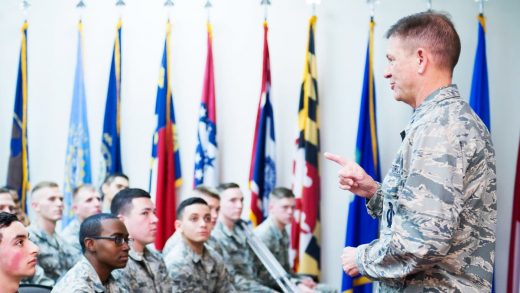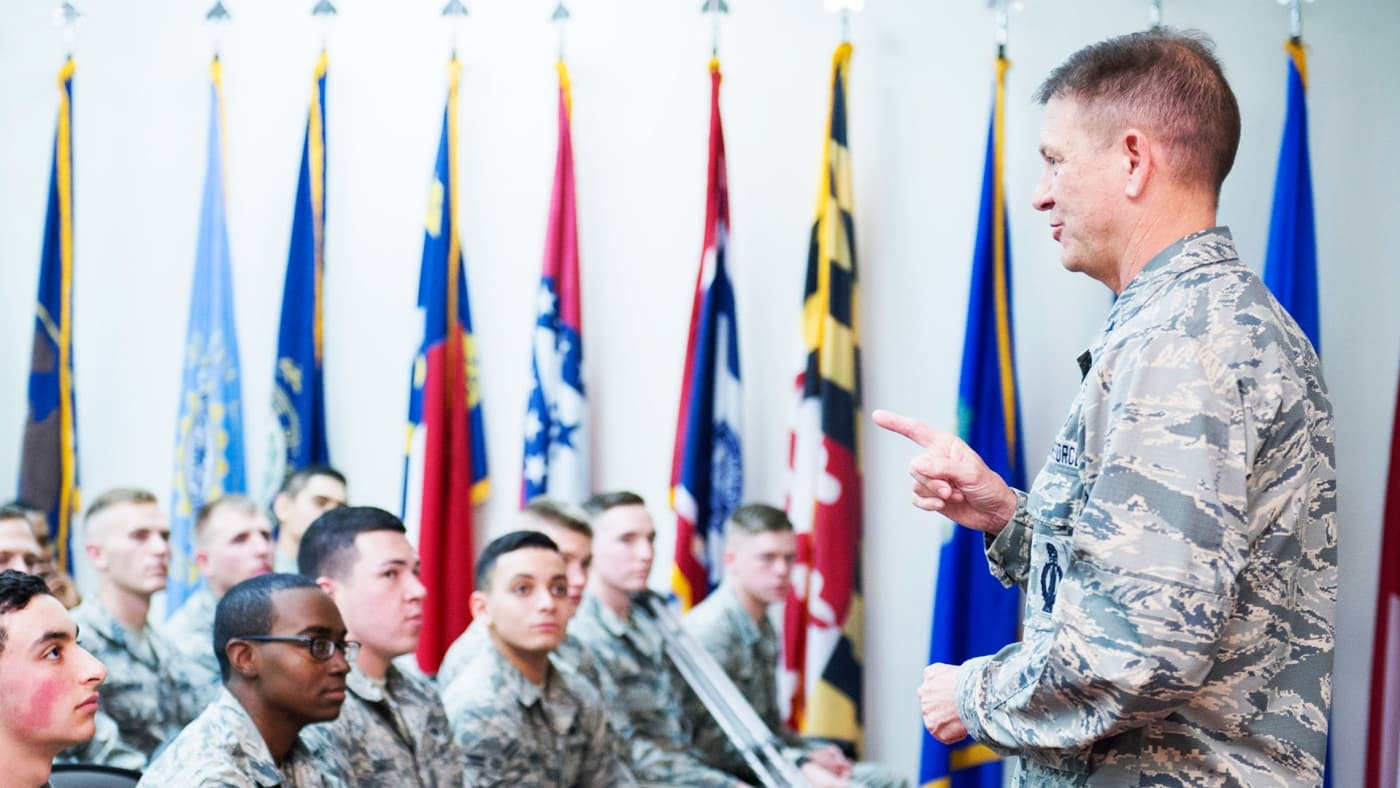This U.S. Air Force Commander Helps Elon Musk’s Interns Launch SpaceX Rockets
U.S. Air Force Brigadier General Wayne Monteith always intended to follow his father and stepfather into military service, but imperfect eyesight quashed that plan. Instead, he got a BA, and then joined the Air Force as a nuclear weapons officer. After moving over to space operations, Monteith flew military satellites before being tapped to run 45th Space Wing at Patrick Air Force Base, which adjoins Cape Canaveral in Florida, in August 2015.
A lot has happened in space innovation since Monteith’s promotion. Perhaps most famously, Elon Musk’s SpaceX successfully launched and landed its Falcon 9 rocket, setting the stage for a new era of cheaper, reusable rockets. More broadly, the space business as a whole has taken off, with a flurry of new startups and investment.
None of that accelerated pace of innovation would’ve been possible without parallel changes in how the Air Force manages its Cape Canaveral operations. Monteith, who oversees all commercial and U.S. government launches from the Cape, sat down with Fast Company to discuss speed, safety, and getting to know billionaire rocket entrepreneurs like Musk and Blue Origin founder Jeff Bezos. Musk, for one, has talked engineering with Monteith into the wee hours–just two space nerds, hanging out with a SpaceX rocket on its landing pad at 2:30 a.m. “They’re really pushing the bounds of what we believe is possible,” Monteith says.
Light-Years From The Old Days (Sort Of)
Fast Company: A lot has happened on your watch in terms of trying to speed up launch operations and rethink some processes. But when a lot of people think about rocket launches, they still picture the Apollo 13 control room from 1970. What’s changed most since then?
Brigadier General Wayne Monteith: In some ways, it’s still the same. I actually have three operation centers at Cape Canaveral Air Force Station. Two of them look eerily similar to what you would’ve seen in the [1995] Apollo 13 movie, even the same kind of green color. My third operations center is much more modern and provides me a whole lot more data. The biggest change you will find is the number of people that it takes to launch a rocket and the systems that we use now. The technology is far superior.
FC: Speaking of which, what’s been the biggest technological innovation?
WM: The biggest breakthrough that we’ve had–and it took well over 20 years to get here–is the autonomous flight-safety system. We’ve taken the person out of the loop and put it all on board the rocket. What that’s allowed me to do is reduce the number of people it takes to launch, from 245 down to about 96. It’s reduced the cost to the customer by well over 50%, and the reduction in people now allows me an increase in capacity.
That’s just part of it, though. With the autonomous flight-safety system, we’re actually safer. Before, we used an open-radio signal to maintain contact with the vehicle, so two things there: Number one, you could theoretically get into the signal. Number two, it had to be line-of-sight, which means once the rocket goes over the horizon, you lose control over it.
Autonomous flight safety also allows more time for the rocket to correct itself. Using the old system, five seconds is the quickest we could do it. The on-board system will do it in about a second and a half. That buys you an extra three and a half seconds, so it’s far more accurate.
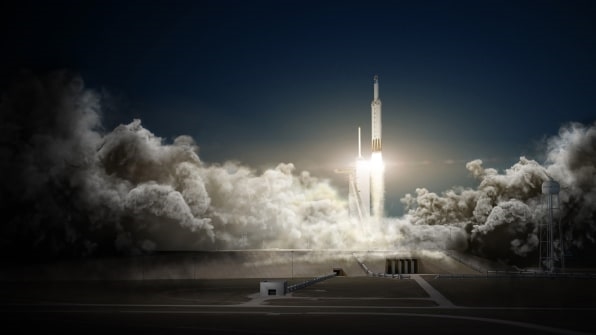
FC: Why have commercial operators like SpaceX have embraced autonomous flight safety and accelerated its adoption?
WM: For them, it opens up capacity. We don’t have to wait months and do a month’s analysis to get [launches] to where we can schedule them on the range and safely fly. We can preload a lot of that stuff so we can do it at a much quicker cadence. Traditionally, we launch on schedule. We’ll have what’s called a CSLRB–Commercial Space Launch Review Board–twice a year. We will start scheduling launches as far out as three years, which is great when you’re trying to marry up a government payload with an available booster.
SpaceX launches on readiness and business demand. They don’t want to pick three years from now. For a business, you can’t do that. We’ve now reduced that timeline to three months. Our goal is 30 days, and the quickest we’ve been able to do it is 19 days. This is a process that just two years ago would’ve taken a minimum of nine months.
What It Takes To Ramp Up
FC: What was involved in getting to this point?
WM: Remember those people I told you we freed up from day of launch? We now have them working on other things. We have also refined our processes and our procedures, so we’re not re-creating work.
It used to be that if you were a launch customer and you come to me, we would start from scratch and go all the way through the process. Then, just about two years ago, we had a scheduling conflict between two of our providers. One of them, we were not able to get the computer time to do what we call “Monte Carlo runs,” to develop our safety criteria, because we were using it on the other customer. But the other customer was flying a fifth mission that was identical to its four previous missions. I just simply asked the question, “Why are we re-creating this?” Nobody could tell me a good reason.
So we took all the data we had from the previous missions and said, “Okay, we’re done.” By reusing what we call flight data packages, it saves the customers money and it makes us a lot quicker at what we do.
FC: Does a rocket have to be exactly the same in design for you to speed up this process in that way? SpaceX, for example, seems to adapt its rockets very quickly.
WM: We say they’re a little loose with configuration control, but that’s not in a bad way. It just means they’re always modifying or tweaking their systems to get maximum performance, which is what a learning organization does. It’s a smart way, but it makes it hard on the government side to keep track of everything
What we have been able to do is if I can’t find an identical previous mission, we now take parts of missions. The first 45 seconds may be identical to a previous mission, so I’ll reuse [that flight data package], and then I’ll develop [a new one] for the next 150 seconds. By just doing that, you’ll save about 25% of your processing time.
What we’re creating is a flight data package library. We are now tracking all of these previous launches and categorizing them so we can essentially pull data off the shelf and not have to re-create it, which is good for the government, so it frees up people for me, and it’s good for the customer, because it makes it less expensive and quicker. Yet, no drop in safety.
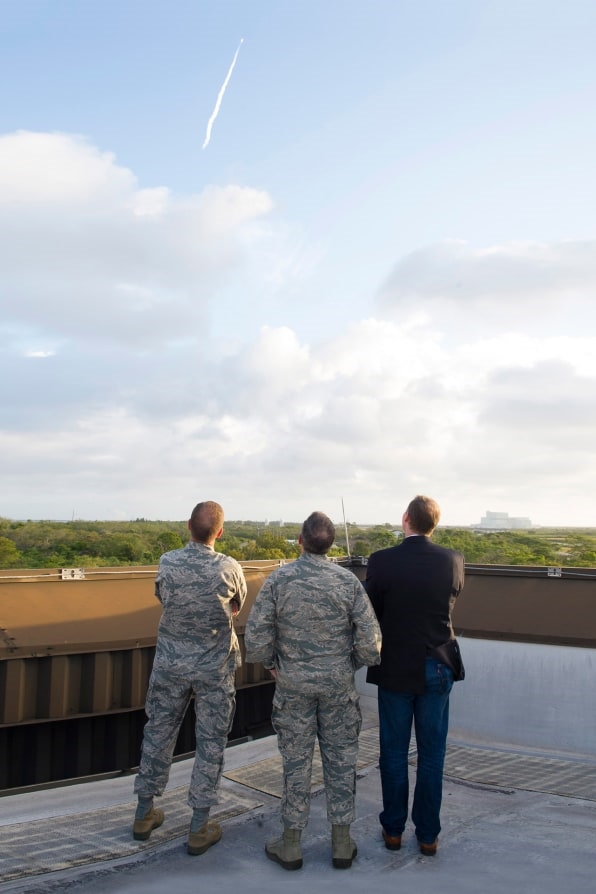
Better, Faster, More Frequent
FC: What’s the level of demand for launches you’re seeing lately, versus historically?
WM: In the last 30 years, we’ve launched an average of about once a month, so 375 launches since 1988. We are now launching approximately every other week, so twice a month, and we are going to be able to launch every week. What I see in five years from now is a far higher demand than even that.
We’re on what we call our “Drive to 48,” and that’s being able to launch every single week of the year that we’re open. We’ll have two two-week periods a year where we’re essentially closed, so we can do heavy maintenance and upgrade all of our instruments and our equipment, and give our people a rest.
FC: Is it possible to launch more than once a week?
WM: Last year we launched twice in 66 hours. One March we were prepared to launch twice in 14-and-a-half hours.
FC: Beyond the operational and technological changes we’ve discussed, what makes that increased pace possible?
WM: We’re now moving to mobile telemetry systems, which are far cheaper to operate, far easier to upgrade, and they require fewer people. [We’re also implementing] 3D weather visualization. Right now, approximately 50% of our “scrubs” [canceled launches] are from weather, which impacts about 30% of our launches. The problem is that we’re using 2D [weather visualization technology], and we don’t launch in 2D.
One of the things that we are most concerned with is lightning. It just so happens we are in the lightning capital of North America, so it’s critical for us to understand lightning, and how far lightning is away from us. With this new 3D weather visualization tool, my launch weather officers–once it’s employed–will actually be able to compare where the lightning strike is to the actual flight cone and corridor, and you’ll be able to see, [for example, that] this one has no chance of being an impact to the vehicle.
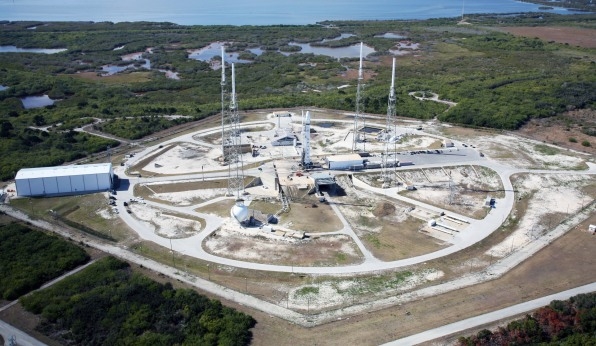
Planning Ahead For Space To Get Crowded
FC: What are some of the top priorities of your new commercial partners?
WM: The biggest things they’re asking for is, number one, reduce regulations and redundant regulatory oversight, and number two is capacity. We’ve worked exceptionally hard with NASA, and particularly the Federal Aviation Administration, because they license launches, to reduce the amount of work that’s required from each individual organization.
I’ll give you a prime example of how this works: SpaceX currently uses two launch pads, Launch Complex 40, and Launch Complex 39. Launch Complex 40 is on Cape Canaveral Air Force Station, which I’m responsible for. About three miles north is Launch Complex 39, which is on NASA’s Kennedy Space Center property. The regulations and what you have to go through to launch on 39 and 40 were fundamentally different, which means if they were planning to launch on Pad 39, and for whatever reason needed to move to Pad 40, they had to start over again. All of their safety analysis, all of the hoops they had to go through–we eliminated that. The only difference between those two is a property line.
FC: There’s a lack of legal precedent around some of the things space companies are interested in doing, like mining asteroids. How do you expect that to play out?
WM: We have to have a standard of what’s acceptable. You can’t go to the Moon and pollute it with bacteria. If you go to mine an asteroid, now it causes it to change its orbit a little bit and then impact the Earth, you don’t want that, either. I think it’s going to have to be an agreement of nations as opposed to strict regulatory guidance on what you can and cannot do.
Otherwise, it becomes a free-for-all, and you don’t want that. You certainly don’t want to get to where you have a conflict over the Moon. It’s one of those things that’s going to keep the policymakers up at night, trying to get their heads around: How do we do this in a way that is beneficial to all and still maintains some of the pristine nature of what’s out there?
It’s just like how we try to control the amount of debris created when a rocket is launched, and we have orbital debris mitigation plans. You don’t want to leave extra stuff up there. Right now, we track north of about 23,000 objects that are approximately 10 centimeters or bigger. There’s some thought that there may be up to a half a million different objects up there–very small, sand-size. The first thing we tracked in our space catalog is Sputnik–that’s object number one. When the Chinese did their anti-satellite test [in 2007], about 10% of the debris that is up there right now was created from that kinetic test. You can create a heck of a mess up there.
The Human Element
FC: There’s a lot of talk about the return of manned space flight. How are you preparing for that?
WM: For us, whether it’s individuals on board or a critical payload, we treat it with the same sense of urgency. Now, as humans, we’re probably paying a little closer attention when there are people on board, but our safety systems are set up so that it doesn’t make a difference what’s on top of the rocket. You may have a catastrophic failure that would harm the astronauts, but it could also harm a thousand people.
We are working with the customers to provide as safe an environment as possible, for both when they’re on the pad and when they’re launching. One of the organizations in my wing is called Detachment 3 Human Space Flight Support. They coordinate the potential search-and-rescue operations for astronauts [from any country or commercial operator], and they are prepared both to support a landing like the Russians do right now when they come back from the space station or a situation where they may have to go rescue astronauts out in the middle of the Pacific Ocean. We will just see that become more and more important as we start launching Americans from U.S. soil again, which should happen within the next year.
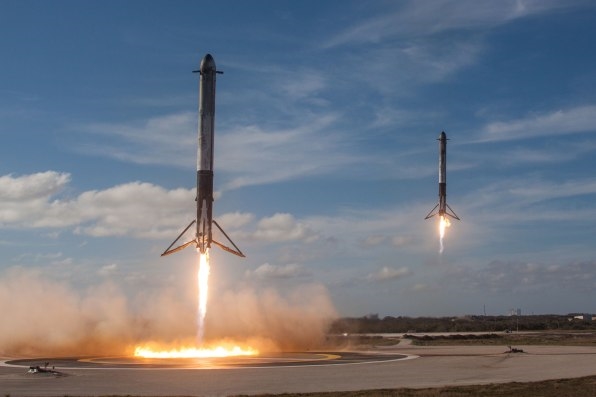
FC: It’s very exciting.
WM: It’s exceptionally exciting. So when you watch SpaceX Falcon Heavy come back and the two boosters landing almost simultaneously, people get excited. If you get people excited about this business, they talk about it. If they can talk about it, then theoretically you can get kids interested, and future engineers and scientists, manned flight, or people flight, will create the same type of buzz about exploration in space again.
Americans have trouble getting excited about a launch from the Ukraine or Kazakhstan because it’s so far away. If you launch astronauts from Brevard County, Florida–from the “Space Coast”–you’re going to get people excited about it because you could drive there, and you can stay at one of the local hotels and enjoy the view from the beach and watch Americans fly into space again.
WM: Absolutely. Most of my engineers are fresh out of college. What could be more exciting than working on a rocket? If you think about it, and when you get out there, you can see why. It’s 180 feet tall. It is a big deal when you can safely fly that back into a soft touchdown. That is American engineering and ingenuity at its absolute finest.
Young engineers love it, and so it’s not just on my side. I was sitting on a launch a year and a half ago or so with the SpaceX team. They had an anomaly on their ground system. I’m listening on their network, on the banter going back and forth. I finally leaned over my counterpart and said, “The guy that’s on the headset sounds relatively young.” He said, “Yeah, he’s an intern. He’s an intern, but he’s the most knowledgeable guy about this system, so he’s in charge.” I was like, “Okay!” They’re bringing in the brightest talent they can find, and we’re doing the same thing.
This interview has been lightly edited and condensed.
(27)

